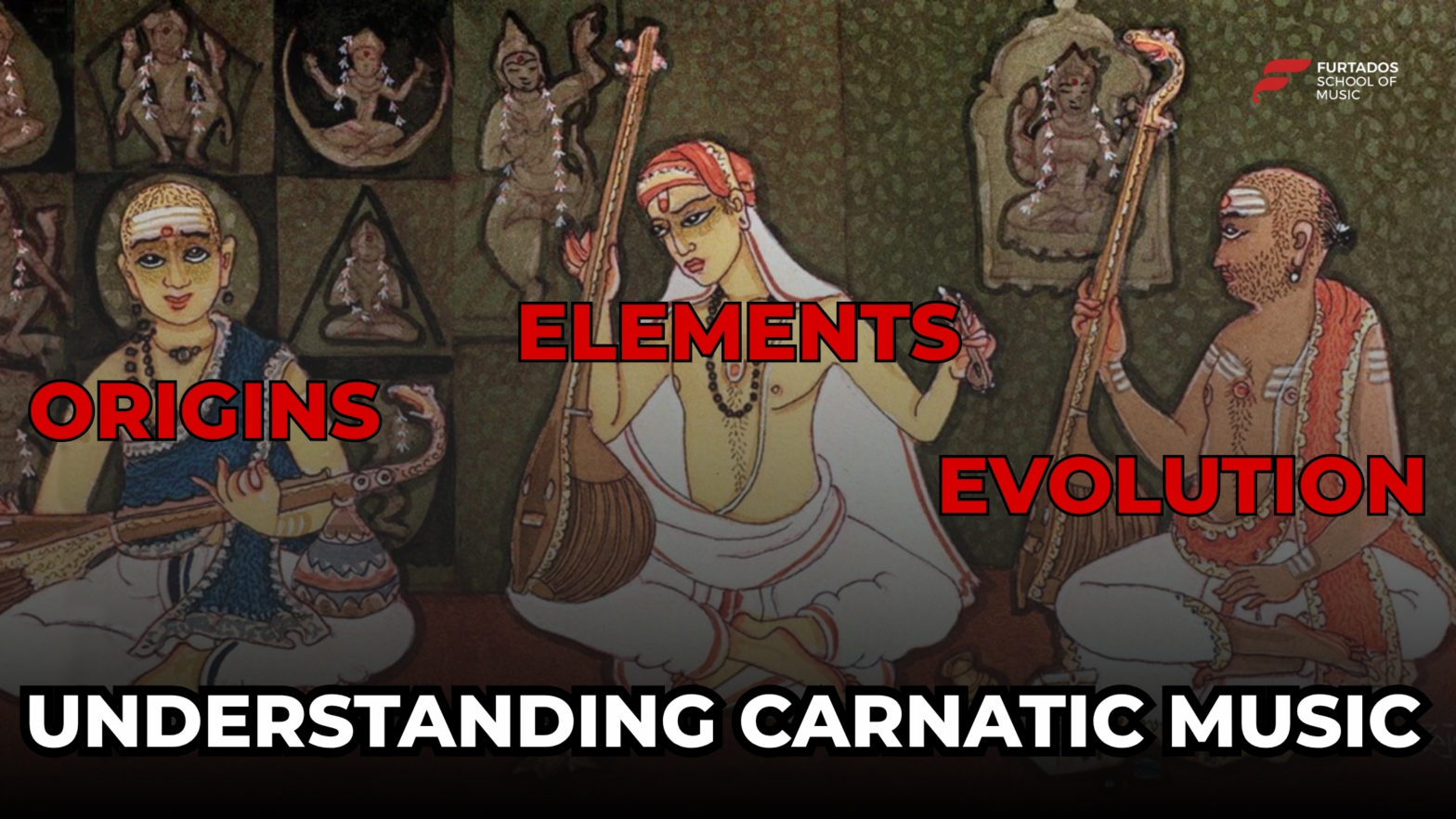Rooted in centuries of devotion, discipline, and cultural richness, Carnatic music is not just a form of art—it’s a spiritual journey. As one of the two main branches of Indian classical music, it has long served as a powerful expression of tradition, emotion, and divinity. But today, it has also evolved, finding its way into contemporary cinema, stage performances, and even global collaborations.
Whether you’re a curious beginner or a passionate admirer of Indian culture, this guide will help you uncover the Carnatic music basics, its origins, essential elements, and how it continues to influence and inspire generations.
The Origins of Carnatic Music
Carnatic music traces its origins back to ancient Hindu temples in South India, where it was performed as a form of devotion. With deep ties to the Vedic scriptures and Bhakti movement, it developed as a medium to express love and reverence towards the divine.
While Hindustani music took shape in the northern parts of India with Persian influences, Carnatic music stayed rooted in the spiritual traditions of the South—particularly in Tamil Nadu, Karnataka, Andhra Pradesh, and Kerala.
Some of the greatest composers of Carnatic music include Saint Tyagaraja, Muthuswami Dikshitar, and Shyama Shastri—revered as the “Trinity” of Carnatic music, who shaped its melodic and lyrical richness.
Elements of Carnatic Music
To understand basics, we must explore its core components:
1. Raga (Melody Framework)
A raga is a set of musical notes that form the basis for melody. It is not just a scale, but a mood, a feeling, a color. Each raga evokes a specific emotion—joy, devotion, pathos, or peace.
2. Tala (Rhythmic Cycle)
Tala refers to the rhythmic patterns that structure a piece. There are various talas like Adi Tala (8 beats), Rupaka Tala (3 beats), etc., that give rhythm and pace to a performance.
3. Sruti (Pitch)
The drone or base pitch that anchors the performance. Usually provided by a tambura, it keeps the entire composition in tonal harmony.
4. Kriti (Composition)
A Kriti is the central piece of a Carnatic concert—a structured song often composed by saints and set in a particular raga and tala.
These elements blend to create intricate, improvisational, yet deeply disciplined music.
Evolution Through Time
- Fusion and Film Music: Today, many Bollywood and Tollywood composers like A. R. Rahman, Ilaiyaraaja, and Anirudh Ravichander often incorporate Carnatic music elements—be it through ragas, classical instruments, or vocal styles. Songs like “Margazhi Poove” or “Jiya Jale” are shining examples.
- Global Influence: International musicians are also collaborating with Carnatic artists, creating a fusion that connects east and west.
- Technology & Accessibility: Online classes, apps, and music schools have made Carnatic music basics accessible to global learners. Platforms like YouTube are full of young artists reviving the classical tradition in contemporary ways.
The Benefits of Learning Carnatic Music
Beyond entertainment, Carnatic offers numerous personal and developmental benefits:
- Discipline and Focus: The complexity of ragas and talas trains the mind to concentrate.
- Cultural Connection: It instills pride and awareness of one’s cultural roots.
- Emotional Expression: Helps in channeling emotions constructively through melody and rhythm.
- Mental Wellness: The meditative aspect of singing or listening to Indian classical music promotes peace and emotional balance.
Keeping Our Roots Alive Through Music
In a fast-paced world, staying rooted in tradition is more important than ever. Indian classical music, especially Carnatic, helps us stay connected to our identity and values. It brings families together, encourages mindfulness, and creates a sense of spiritual grounding.
Children who learn Carnatic music basics grow up not just with musical talent, but also with a deep sense of discipline, respect, and creativity.
In Conclusion
Carnatic music is not just for the connoisseur—it’s for anyone who wants to experience the soul of Indian tradition. Whether you enjoy classical concerts or hum along to film songs with classical roots, you are already a part of this timeless journey.
As it continues to evolve, blending ancient wisdom with modern expression, it remains a powerful force—preserving the past while harmonizing with the future.
